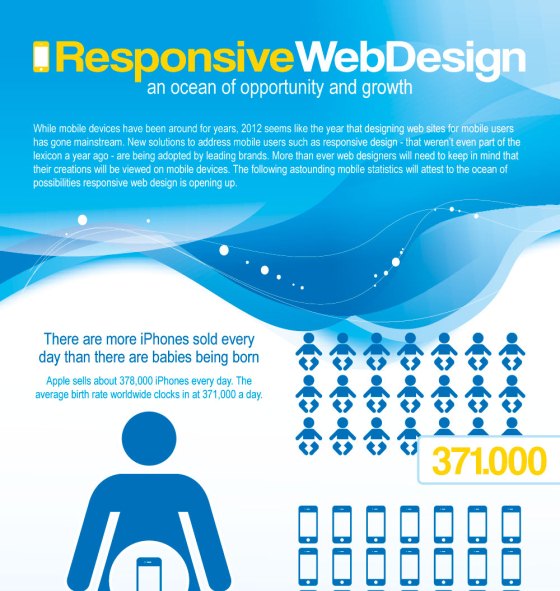Fascinated In Finding Out Exactly How Web Site Layout Has Evolved Throughout The Years? Explore The Journey From Simple Styles To User-Centered Approaches
Fascinated In Finding Out Exactly How Web Site Layout Has Evolved Throughout The Years? Explore The Journey From Simple Styles To User-Centered Approaches
Blog Article
Article Writer-Booker Molina
In the past, internet sites were easy and concentrated on information. Navigating was direct, and layout was for desktop computers. Currently, customer experience is essential. Information overviews designs for simple navigating. Responsive layouts suit various gadgets. Today, dark mode reduces strain, and minimal menus boost navigating. Interactive functions involve users, and bold visuals attract attention. AI integration improves engagement. See how layout has advanced to improve your on the internet journey.
Early Days of Website Design
In the very early days of web design, simpleness reigned supreme. Web sites were standard, with minimal shades, font styles, and formats. The focus got on giving info rather than fancy visuals. Users accessed the web via sluggish dial-up connections, so speed and functionality were vital.
Navigation menus were straightforward, typically situated at the top or side of the page. Websites were made for computer, as mobile surfing had not been yet common. Web content was king, and developers focused on easy readability over intricate layout components.
Click On this website was the primary coding language made use of, and developers had to function within its constraints. Computer animations and interactive functions were marginal contrasted to today's standards. Internet sites were static, with little vibrant content or individualized customer experiences.
Increase of User-Focused Style
With the development of web site layout, a shift towards user-focused layout principles has become progressively prominent. Today, creating websites that focus on individual experience is vital for engaging visitors and accomplishing organization objectives. User-focused design includes recognizing the demands, choices, and actions of your target audience to tailor the web site's design, content, and features accordingly.
Developers now conduct thorough research study, such as user studies and functionality screening, to gather insights and feedback straight from customers. This data-driven approach assists in developing intuitive navigation, clear calls-to-action, and visually enticing interfaces that reverberate with visitors. By positioning the customer at the center of the style process, sites can provide a more individualized and satisfying experience.
Receptive design has actually also become an essential facet of user-focused style, making certain that sites are enhanced for different devices and display dimensions. This versatility enhances access and use, accommodating the varied means users engage with sites today. Basically, the increase of user-focused layout symbolizes a change towards producing electronic experiences that prioritize the demands and expectations of completion user.
Modern Trends in Website Design
Check out the most recent patterns shaping web design today. One noticeable trend is dark setting design, supplying a streamlined and modern-day look while reducing eye strain in low-light settings. Another vital pattern is minimal navigating, simplifying menus and enhancing individual experience by focusing on essential elements. Integrating micro-interactions, such as animated switches or scrolling effects, can develop a more appealing and interactive website. Responsive style continues to be crucial, making certain smooth customer experiences throughout different devices. Additionally, making use of vibrant typography and asymmetrical designs can include aesthetic interest and accentuate specific web content.
Integrating AI modern technology, like chatbots for client support or personalized suggestions, improves customer involvement and enhances processes. Ease of access has likewise end up being a considerable pattern, with developers prioritizing inclusive layout methods to deal with varied customer demands. Welcoming sustainability by optimizing website efficiency for rate and effectiveness is another arising trend in website design. Working together with user comments and data analytics to repeat and improve layout continually is important for staying appropriate in the ever-evolving digital landscape. By welcoming these modern-day trends, you can produce an aesthetically appealing, straightforward web site that reverberates with your audience.
Final thought
As you review the advancement of site design from the early days to currently, you can see just how user-focused style has actually become the driving force behind modern fads.
Accept the trip of adjustment and adaptation in web design, constantly maintaining the individual experience at the center.
Tippingpointdigital
Keep existing with the most recent fads and modern technologies, and never quit advancing your technique to develop visually stunning and easy to use websites.
Progress, adjust, and develop - the future of website design is in your hands.
